As humanity is inexorably tied to Earth’s ecology, these crises alone present major risks to our long-term survival. But this problem is more complex than simple extraction, pollution and waste. Take fresh water, for instance.
As 85% of humanity lives on the driest half of the planet,[30] 2.4 billion people today lack access to clean water – and half of the world’s population lacks access to the quality of water available to ancient Rome.[31] The United Nations estimates that by 2025 more than two billion people will live in conditions reflecting absolute water scarcity and five billion people will live in conditions reflecting extreme water stress,[32] thresholds indicating life-risking lack of access to our most vital resource.[33] That’s respectively between 30% and 70% of the planet. The international body further estimates that global fresh water demand between now and 2050 will increase by 55%[34] with demand exceeding supply by more than 30% by 2040.[35] Private investment forecasts are similar, as Goldman Sachs estimates that global fresh water consumption is doubling every 20 years.[36]
To see what this looks like in practical terms, consider the Aral Sea, which was once the 4th largest lake in the world. In 1960, the body of water had a surface area of 26,300 square miles (68,000 km2) and a volume of 254 cubic miles (1,080 km3).[37] For comparison, that is 4,000 square miles larger than Lake Michigan by surface area and nearly two and a half times larger than Lake Erie by total volume.[38] Yet in a timespan of just 35 years, the Aral Sea was depleted to become what is now known as the Aralkum Desert that comprises the borders of its eastern basin.[39]
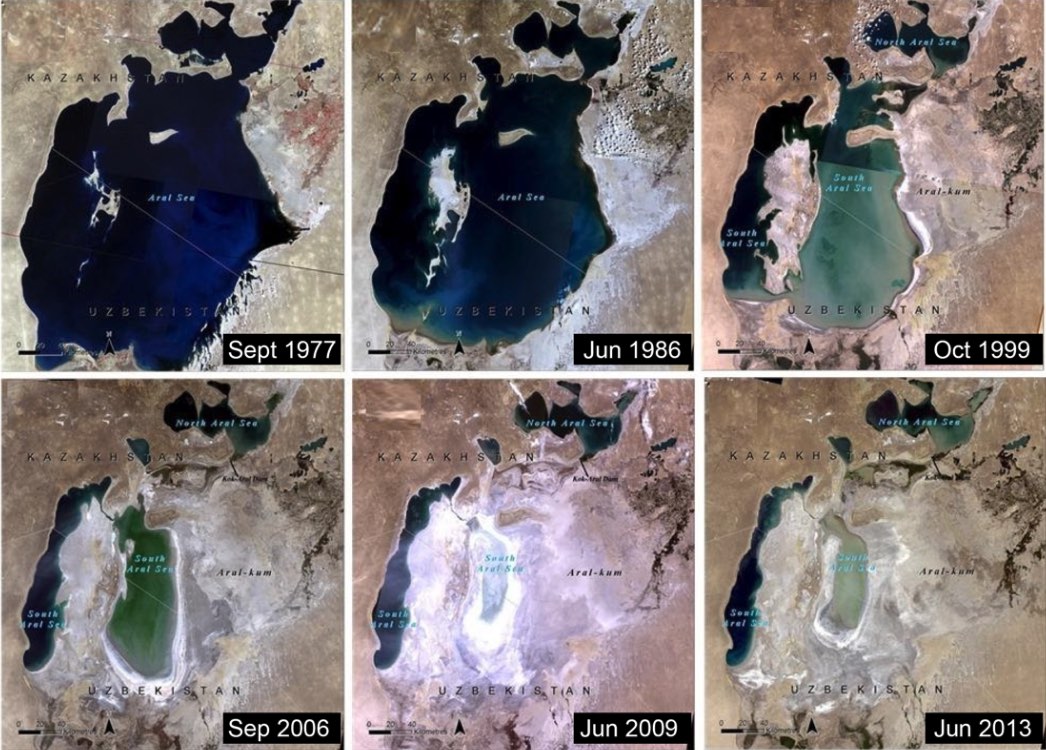
The Aral Sea falling victim to unsustainable resource extraction and overconsumption[40] is not an outlier. It’s part of a consistent trend. As our water needs have increased alongside worsening global drought conditions, we’ve needed to tap water from aquifers – large sources of groundwater that slowly replenish from soil absorption over time. Consequently, most of them today are being depleted faster than their ability to recover.[41]
Data from NASA satellites show that 21 of the world’s 37 aquifers have passed their sustainability tipping points, meaning they will eventually run dry if current circumstances continue.[42] Aquifers supply 35% of global water use, and they are among the last reliable sources of fresh water we have left.[43] California is already tapping aquifers for up to 60% of its water supply, and climate scientists expect aquifers will be relied upon to even greater extents in the future.[44]
Here’s what this looks like, in practical terms. Colorado’s NCAR (National Center for Atmospheric Research) recently released a series of climate maps that model the future degree of global drought and desertification based on current trends. They aren’t meant to be exact predictions as far too many factors influence climate and drought, nor do they incorporate the possibility of human activities worsening in terms of unsustainable extraction and ecological damage. They only model drought and desertification if our direction remains unchanged, visualized from year 2000 to 2099.[45]
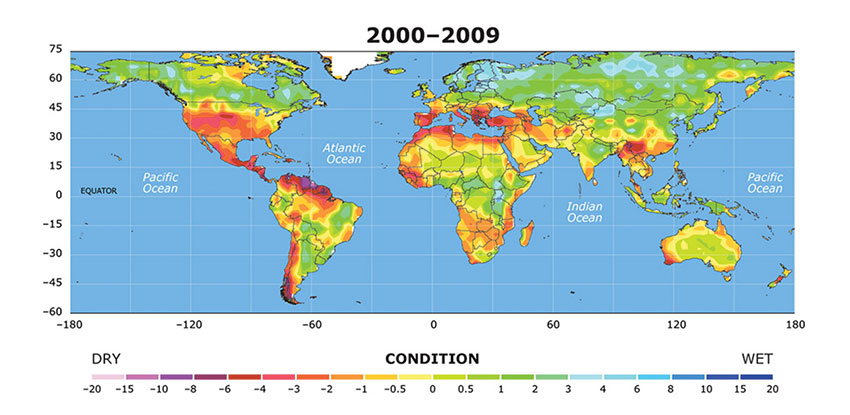
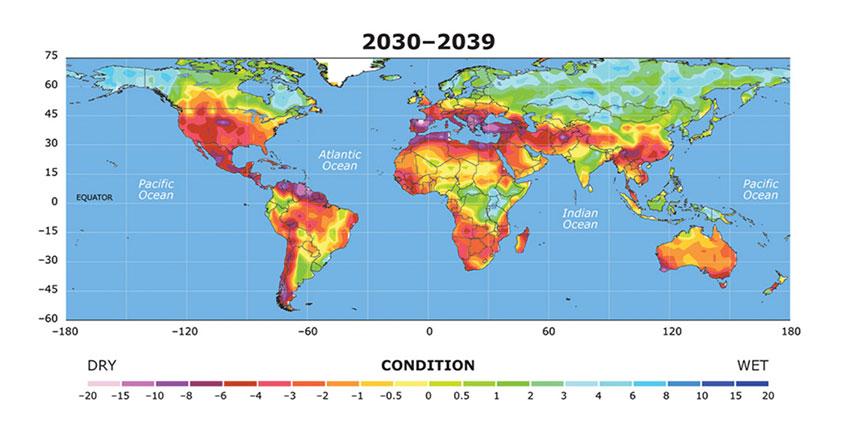
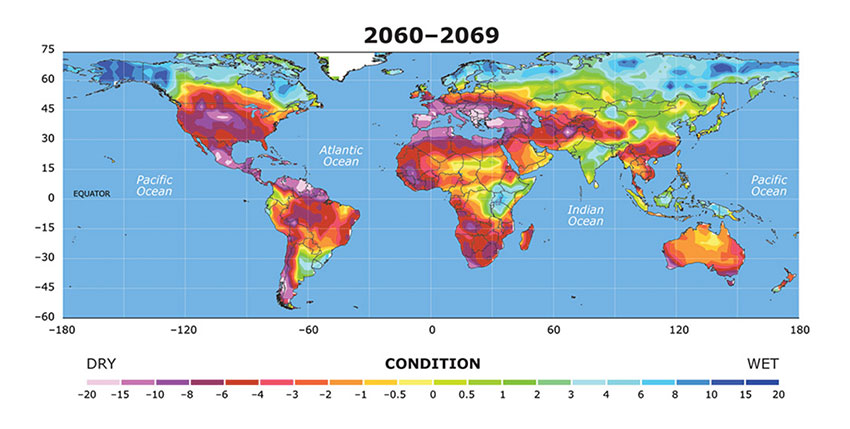
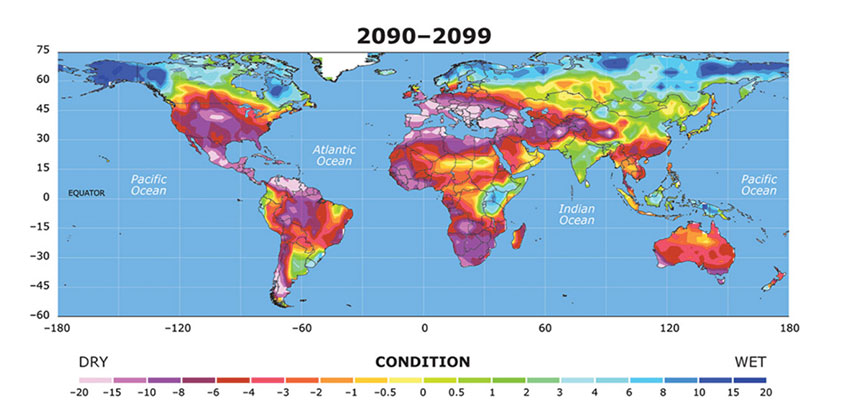
Should these models prove accurate, even fractionally, it risks the survival of billions of people – saying nothing of supporting an ecosystem, nor the conflicts spawned by such circumstances – and even wealthy nations will face major complications to life as they know it.[46]
If that wasn’t bad enough, a substantial portion of our remaining fresh water supplies are too toxic for human consumption. Industrial contamination, for example, has rendered 60% of Chinese rivers unusable for drinking, bathing or agriculture according to data published by the Chinese Ministry of Water Resources.[47] That figure rises to 70% when it comes to Chinese lakes and 80% when it comes to wells that source groundwater – 90% when that groundwater is sourced near cities.[48]
Another example is India. Upwards of 50% of the country faces extremely high water stress according to a World Resources Institute study.[49] The study found that Indian drought conditions have become so severe that 330 million people – greater than the population of the United States – are living in a dust bowl. The situation has become so dire that the nation's coal-fired power plants are shutting down as there’s not enough water to generate steam – with armed guards being posted at dams to prevent water theft from desperate farmers.[50]
A recent report by WaterAid, an international organization promoting greater water sanitation and hygiene, estimates that 80% of India’s surface water is severely polluted and contaminated with water-borne disease.[51] A separate report from India's Centre for Science and Environment estimates that roughly 80% of Indian sewage flows untreated into its rivers, and that out of 8,000 towns surveyed by a pollution control board, only 160 had both functioning sewage systems and a sewage treatment plant.[52]
India and China’s population, combined, represent 35% of humanity.
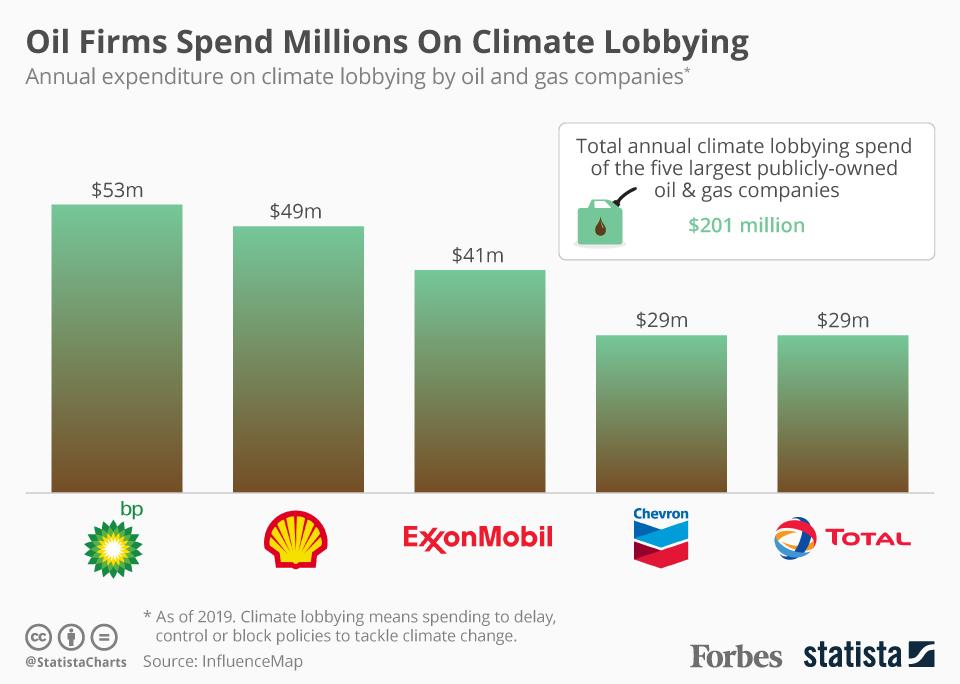 This is all before the impact of climate change, a factor that by itself adds massive gravity to our current state of affairs. As extensive lobbying and campaign “contributions” from the fossil fuel industry have turned the looming crisis into a political issue,[53] the basic principle that more carbon in the atmosphere leads to a warmer climate has been undermined by disingenuous partisan dismissals.[54]
This is all before the impact of climate change, a factor that by itself adds massive gravity to our current state of affairs. As extensive lobbying and campaign “contributions” from the fossil fuel industry have turned the looming crisis into a political issue,[53] the basic principle that more carbon in the atmosphere leads to a warmer climate has been undermined by disingenuous partisan dismissals.[54]
While this has hindered effective policy measures to reverse course, the rapid increase in global temperatures, accelerating loss of polar ice, increased frequency and severity of droughts, wildfires, floods, and other natural disasters have evaporated any doubts held in good faith as to the validly of the warnings echoed by the nigh-unanimous majority of the scientific community.[55] (Chart source.[56] )